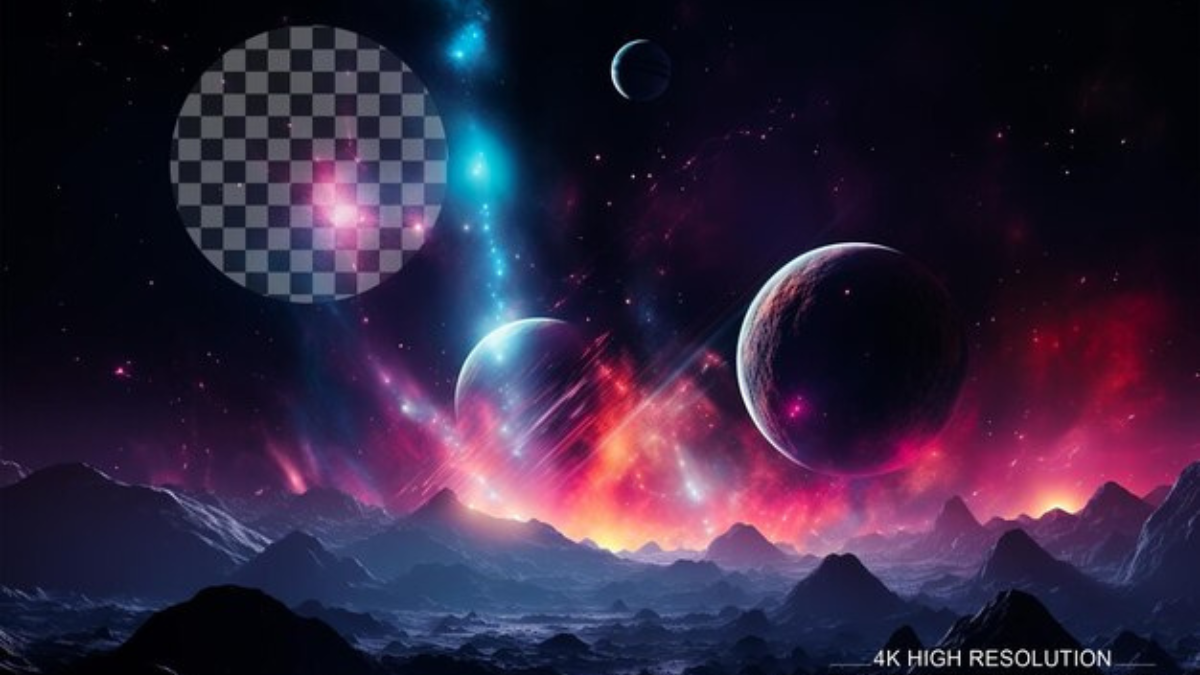mostly 1 billion km from Earth The largest planet in our solar system JupiterIt is currently being studied by spacecraft Juno from NASA.
She made an unusual observation: A bright green dot emerges from its surface It impressed the scientists who recorded it. Experts claimed that it was a creepy green flash coming from Lightning in a huge storm hovering near Jupiter’s north pole.
Juno captured this view as NASA’s spacecraft completed its 31st orbit A close flyby of Jupiter on December 30, 2020. In the year 2022, citizen scientist Kevin M. Gill processed the image from the JunoCam instrument data aboard the spacecraft that was unveiled this week.
The massive burst of lightning glows against the storm’s dark gray swirl, even from Juno’s view, 20,000 miles above Jupiter’s clouds. Lightning often flashes among the clouds of Jupiter’s high latitudes, especially in the north. NASA’s Juno spacecraft helps illuminate the gas giant’s wild space weather.
A recent study Published in Nature states that Lightning works the same way on Jupiter as it does here on Earth, only with about 10,000 times more energy. Thunderclouds are turbulent, chaotic places where the updraft pushes raindrops up and down simultaneously hurling hail and small ice particles downward.
While those bits of water and ice that the storm caused rub against each other, Collisions knock electrons out of the water droplets. This turns the storm cloud into a giant battery, with a positive charge on top and a negative charge on the bottom.
Lightning is zigzag and forked because energy travels in a series of short hops, often following a zigzag path rather than a long, smooth jump from cloud to cloud. This is because the energy that is discharged in lightning tends to take the easiest route from a negatively charged area to a positively charged area.
Scientists have known for years that lightning behaves this way here on Earth, and Juno data It recently showed that it does the same thing in Jupiter’s clouds, which are made up of a mixture of water and ammonia (instead of water like clouds on Earth).
But there are some big differences. Here on Earth, most lightning occurs near the equator, but on Jupiter, lightning mostly occurs in storms at higher latitudes. The gas giant’s largest and most famous storm, the 10,000-mile-wide Great Red Spot, It seems that all wind, not lightning. Scientists who study extraterrestrial weather still aren’t sure why this is, but it’s one of the mysteries Juno could eventually help solve.
Jupiter was the first planet other than Earth to have lightning. NASA’s Voyager 1 spacecraft Detect radio signals from lightning in Jupiter’s massive storms as it flies by The gas giant in 1979 And a series of spacecraft since then have studied Jupiter’s lightning in more detail.
The gas giant isn’t the only Otherworld with lightning. Saturn and Uranus sure have lightning bolts to add some spooky atmosphere to their storms. Mars probably isn’t, because its atmosphere is so thin, but the jury’s still out.
The satellite Mars Global Surveyor Spot some bright flashes in Martian dust storms that could be lightning or something similar. Saturn’s moon TitanYou probably don’t have lightning either because the chemicals that make up the atmosphere may not lose electrons in the same way that water molecules do. Although the planners of the upcoming Dragonfly mission are taking precautions just in case. Venus and Neptune also remain quite open questions.
In the coming months, Juno’s orbits will bring it closer to Jupiter again and again as the spacecraft passes over the giant planet’s night side, providing more opportunities for Juno’s science instruments to spot lightning.
Read on:

:quality(85)//cloudfront-us-east-1.images.arcpublishing.com/infobae/H6RLX3CBBBHMJDLCENEWHJXDIU.JPG)
:quality(85)/cloudfront-us-east-1.images.arcpublishing.com/infobae/22NNU5QOZFFEBMQNJWOON4ZUUA.jpg)

:quality(85)/cloudfront-us-east-1.images.arcpublishing.com/infobae/4JPNIRFV25CTHAOORQEI3SZCMQ.png)
